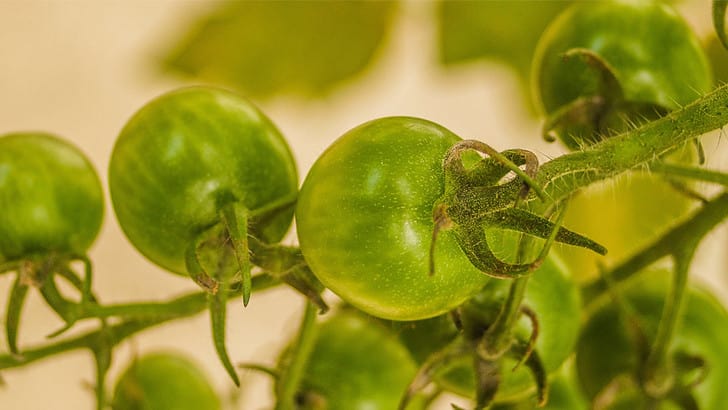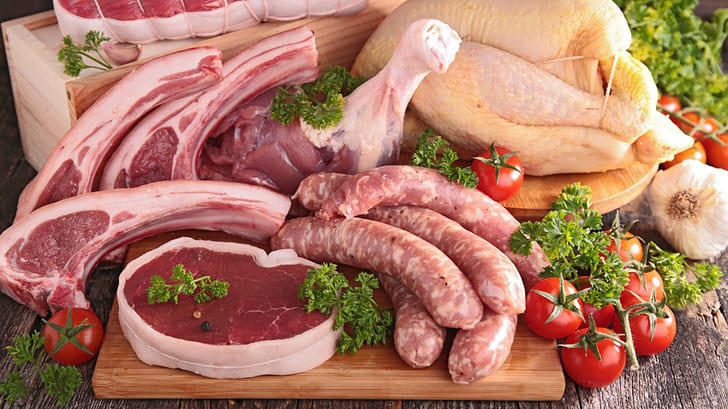You can absolutely eat cabbage raw. In fact, you probably have and may not have realized it (coleslaw, salads).
However, when eating it raw, proper handling is especially important. First and foremost, you need to get rid of any dirt, sand, and rogue insects.
What Are The Side Effects Of Eating Raw Cabbage?

Raw cabbage is tasty and healthy. But for some people it could be hard to digest. Especially if too much is eaten at once.
Eating a lot of raw cabbage can cause gas and bloating, which could lead to discomfort (not to mention embarrassment). Too much raw cabbage can also cause diarrhea for some people.
If you want your raw cabbage, but want to cut down on the gas and bloat, try adding some garlic or black pepper.
Can You Eat Fermented Cabbage?

You can certainly eat fermented cabbage. In fact, you probably already have. Fermented cabbage is simply sauerkraut.
It’s a staple of European diets and people swear by its ability to help with gut health. When cabbage ferments, the sugars and carbohydrates are changed into acids, particularly lactic acid.
This acid kills bad bacteria and allows good bacteria (probiotics), to grow. These good bacteria help to keep the digestive system working properly. It’s just like the probiotics in yogurt, just a bit more sour.
How Long Does It Take To Digest Raw Cabbage?

When food is digested, the body breaks it down into tiny pieces to be absorbed into the bloodstream. This is how the body uses nutrients from food.
How long the process takes depends on the type of food. Starch and root vegetables like potatoes, corn, turnips, and winter squash take about 60 minutes.
Cabbage, however, has high amounts of water, so it takes about 40 to 50 minutes. Other high-water-content veggies include celery, lettuce, bell peppers, and cauliflower.
What Are Some Ways To Eat Cabbage Raw?

Some people may be hesitant to eat raw cabbage. But, if prepared correctly, it can be quite tasty when eaten uncooked.
Of course, there’s coleslaw, the king of raw cabbage recipes. Who doesn’t love a side of slaw at a backyard get-together?
Maybe not everyone, and that’s OK. Here are some other delicious ideas for eating raw cabbage.
1. Salads

Cabbage is a great addition to just about any salad. Just grate it or finely chop it and mix it in with the greens.
2. Raw Cabbage Wraps

Next time you make a wrap, try using raw cabbage leaves instead of a flour tortilla. It adds a nice crisp crunch to the dish and it will naturally lower the calories.
3. Saurkraut

You already know the benefits. So, if you’re planning on making bratwurst of kielbasa in a week or so, why not make your own sauerkraut too? It’s super easy to make too. You just need salt, a jar, and, of course, cabbage. The mixture will take about 5 days to ferment.
4. Tacos

Give your usual tacos some added flavor and crunch. Chop up some raw cabbage and add it in like you would lettuce.
5. Spring Rolls

If you enjoy making your own spring rolls, try wrapping them in cabbage leaves. You may need to blanche the leaves (drop in boiling water for a minute), but they will still be pretty raw. Just more flexible.
What Are The Black Spots On Your Black Cabbage?
Most of the time, the black spots are harmless. They are called “pepper spots”. Though the cause has not been proven, it’s believed it is the result of fertilizer that has too much nitrogen. If they bother you, simply just remove the top layer of leaves or cut out the part with the spots.
However, if there are more black spots, it could mean you have a moldy cabbage. Return that cabbage to the store or toss it in the compost bin. It’s always a good idea to carefully examine all produce while at the market.
How Should You Store Raw Cabbage?

Fresh, raw cabbage is best kept in the crisper section of your refrigerator. Do not wash or cut it (this will make it lose nutrients).
Place it in a plastic bag and it can last up to two months. Cooked cabbage will last 3 to 5 days in the refrigerator.
How Do I Tell If My Raw Cabbage Has Gone Bad?
Cabbage is pretty hearty and has a fairly long shelf life. But it will eventually go bad. Signs of bad cabbage include:
- odd smell (even though good cabbage has a “smell”, bad cabbage will smell like ammonia or decay)
- texture (soft and mushy is a sure sign it’s bad)
- discoloration (brown, yellow, or black leaves mean its past its prime)







